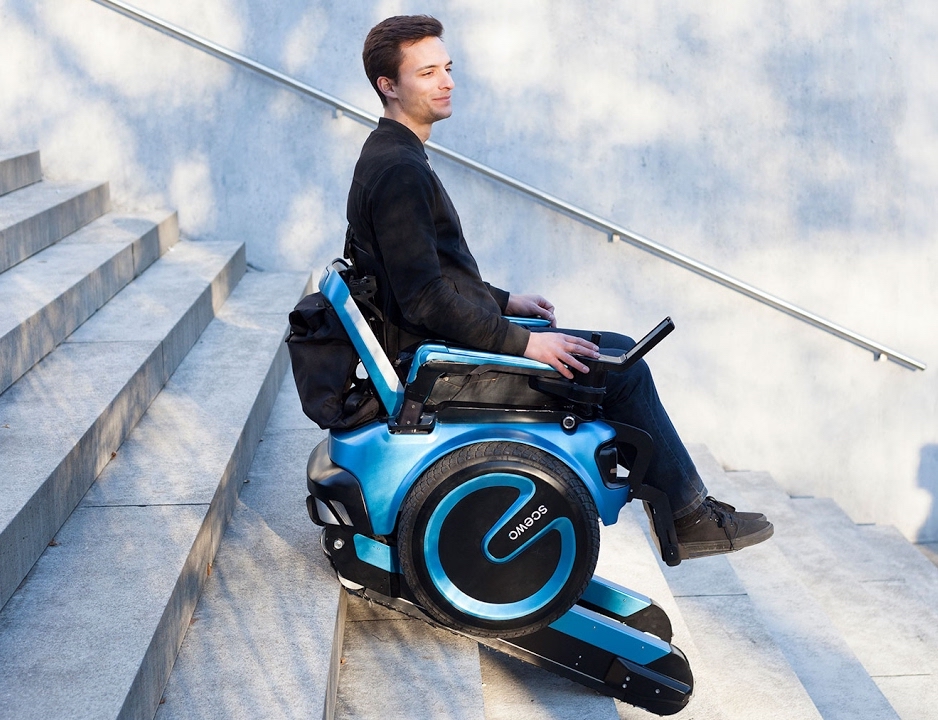Blog 1: Lecture 2 - Ethics & Value Sensitive Design (VSD)
Value Sensitive Design (VSD)
| Criteria | Definitions |
|---|---|
| Stakeholders | Describe the range of effects both on the people who are in direct contact with the technology, as well as those who might not be direct users, but whose lives are nevertheless affected by various interactions around the technology. |
| Time | Consider the implications that will only emerge after the technology has moved through initial phases of novelty to later phases of appropriation and integration into society. |
| Pervasiveness | Systemic interactions that follow from the widespread adoption of an interactive technology. |
| Values | What do people consider important in life? For example, autonomy, community, cooperation, democratization, environmental sustainability, fairness, dignity. |
Stakeholders
Indirect Stakeholders
The Waze Effect
| Related Articles |
|---|
| Streetlight Data: The Waze Traffic Effect: 4 Steps for Cities & Neighborhood to Fight Back |
| Washington Post: Traffic-weary homeowners and Waze are at war, again. Guess who’s winning? |
When Waze was invented, GPS Navigation became more of a "social" activity, as it allowed people to work together to report the presence of Police or Potholes. Using traffic data from its users, Waze would navigate its users to side-streets and less popular roads in order to circumvent traffic. However, this added traffic volume on local neighborhood roads made these roads more congested, less safe, and worse for the people living in that neighborhood.
How might Waze update its design to account for its Indirect Stakeholders?
- Waze could direct traffic across multiple roads, essentially "distributing" the traffic across multiple smaller roads. This basically distributes the problem.
- Vigilantes! People could start mis-reporting traffic data on Waze, making the algorithm avoid certain roads.
- Waze could work with local governments to modify navigation directions with help/permission from the impacted municipalities
Variation in Human Ability: Designing for Accessibility
The "Glorified Dongle" (Stair-Climbing Wheelchair)

Scewo's $38,000 motorized wheelchair seems cool, but has a lot of flaws that are worth noting. Aside from the issues for the actual user, this kind of product solves a problem in a "less efficient" way. Rather than creating a solution that would benefit a multitude of users, this wheelchair solves the problem of overcoming stairs only for those in wheelchairs. Curb-cuts, on the other hand, are a solution to a similar problem, but in addition to benefitting those in wheelchairs, parents with strollers, bicyclists, people rolling cargo, and more can also all benefit from the innovation.
Time
Reappropriation: Malleable Software
Despite whatever we might have intended as the designer, the user might use the product in a completely different manner that we had not initially thought of.
Microsoft Excel Spreadsheets
Spreadsheets are an example of some of the most reappropriated pieces of software we know of. When software can be used in a multitude of ways, it allows users to perfectly customize that tool for their exact needs.
The iPhone
Unlike a Mac, which has a lot of customizability and enables users to literally delete their entire computer with a single command, the iPhone is far more restrictive, preventing users from placing apps in a non-consecutive arrangements (for example).
sudo rm -rfsudo rm -rfTabFS by Omar Rizwan
TabFS is a program that allows users to open websites as folders, directories, and files on your local computer.
What can you envision doing now that tabs are just files and folders?
- You can now easily share a bunch of snapshots of a webpage (at particular time/version of the webpage) with other people by simply zipping up these folders.
- You can now see all of the content in a website. This includes images, as well as text that might be hidden behind a paywall.
- Close all Stack Overflow tabs programmatically using
bash
rm mnt/tabs/by-title/*Stack_Overflow*rm mnt/tabs/by-title/*Stack_Overflow*Pervasiveness
Widespread Use
Text Autocomplete
When autocomplete becomes more widely used and better, people begin to rely on it more. As a result, messages to our loved ones are not our own authentic words, but rather the predicted text (that we agree correctly captures our desired tone/message/intent) from a trained machine learning model.
For voice assistants, people with thicker accents change the way they pronounce certain words so that the voice assistant will actually understand what they are saying.
Values
The Design of Everyday Things by Don Norman
"How can one person work across so many different domains? Because the fundamental principles of designing for people are the same across all domains. People are the same, and so the design principles are the same" (239)
Design and design decisions must be made with the knowledge that these decisions will impact others and have an impact on real human lives.
Closing Takeaways
Software is not neutral
- Developing software involves a series of design choices and tradeoffs, large and small.
- Each design decision is implicitly encoding your values and priorities.
- Through adoption, those values are then applied at scale.
- Those design choices then begin to shape our values.